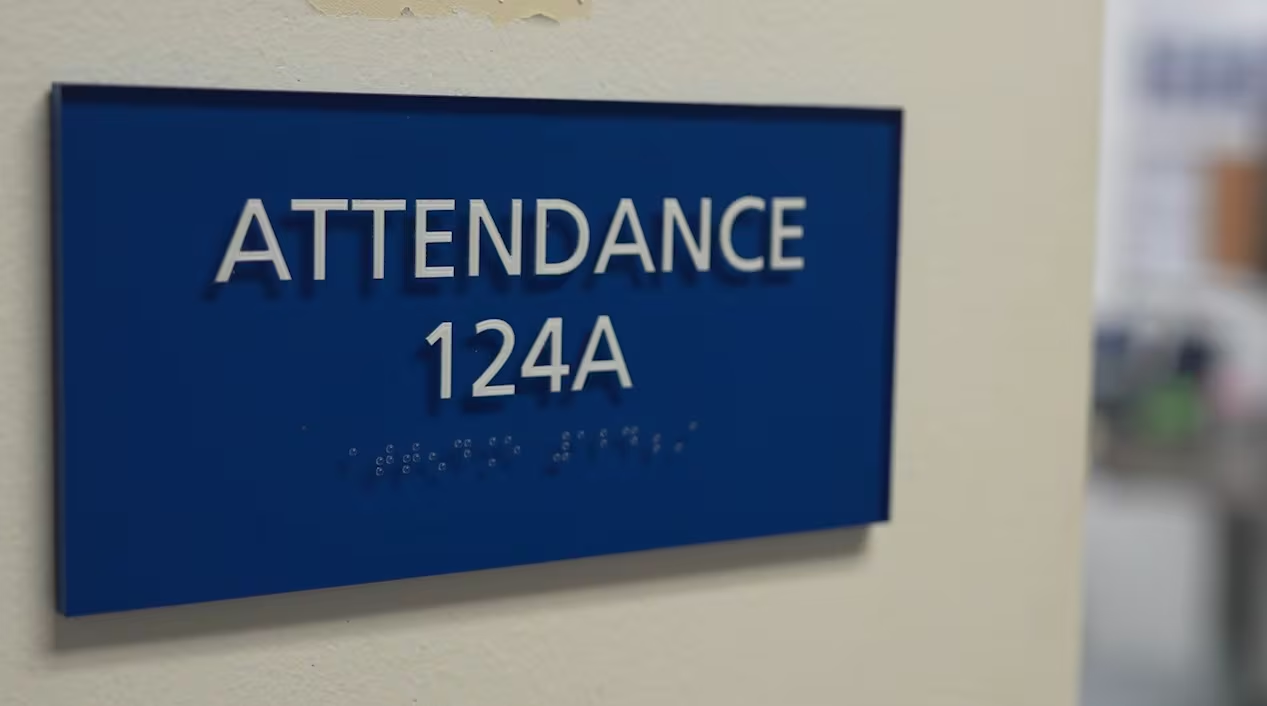PORTLAND, Ore. – Oregon schools are facing a mounting attendance crisis, with more than one in three students missing enough class to be labeled chronically absent. Educators and advocates warn the trend is undermining student achievement and could have long-term effects on literacy, graduation rates, and overall academic success.
Alarming Numbers
In the 2022-23 school year, 34% of Oregon students were chronically absent, meaning they missed at least 10% of the academic year. That figure is far higher than the national average of 23%, according to state data.
The impact is particularly concerning in younger grades. Research shows that children who miss substantial class time early on often struggle to read proficiently by third grade, a milestone considered critical for future success.
Also Read
“That’s sort of a make-or-break year,” said Sarah Pope, executive director of Stand for Children Oregon. “You can still get caught up after third grade around literacy, but it gets harder and harder.”
A System Without Truancy Officers
Oregon’s absenteeism crisis is partly tied to a policy shift several years ago, when lawmakers eliminated truancy officer positions. Those officers once served as a key link between schools, families, and the justice system, enforcing attendance standards.
“We ended truancy officers in the legislature,” Pope explained. “And I think the challenge in Oregon is we didn’t replace it with anything.”
With no statewide enforcement system in place, schools and districts are left to design their own attendance strategies, often with limited resources.
Salem-Keizer Launches “Attendance Matters”
The problem is especially severe in the Salem-Keizer School District, Oregon’s second-largest. In the 2023-24 school year, the district reported a 44% chronic absenteeism rate, the worst among the state’s 10 largest districts.
To address the crisis, Salem-Keizer launched an “Attendance Matters” campaign, focused on building stronger personal connections between teachers and families.
Spanish teacher Diana Huerta at McNary High School said the approach allows educators to meet families where they are. “It’s an opportunity for teachers to go out in the community and meet the freshmen for the first time,” she said.
Huerta, whose bilingual background helps her communicate with Spanish-speaking families, said outreach in home languages makes a difference. “Representation matters,” she said. “Talking to families in their home language is very important.”
Personal Follow-Up Works
When students don’t show up, Huerta doesn’t wait. “I pick up the phone and call whoever comes up as our first relative,” she said. “Normally, nine out of 10 times I do see the kid come back.”
District leaders say the new strategy is still being evaluated. The Oregon Department of Education (ODE) releases attendance data well after each school year, meaning it will take time to measure whether the campaign is moving the needle.
“We don’t know yet the impact of the campaign or just the work that our schools are doing,” said Caleb Roberts, who works with Salem-Keizer. “We want our students to be at school because we know that’s the best place for them to grow and prepare for the next steps after they graduate.”
Short School Year Adds Pressure
Experts point out that Oregon’s school year is shorter than the national average, which makes chronic absenteeism even more damaging. Missing 10% of school days in Oregon equates to losing more instructional time compared to other states with longer calendars.
Combined with attendance challenges, the shorter year contributes to Oregon’s lower-than-average standardized test scores and a graduation rate that consistently trails the national average.
A Path Forward
While educators and advocates agree there is no single solution, they stress that consistent attendance must be treated as a top priority. Some suggest reinstating dedicated attendance officers, while others emphasize community-based approaches like Salem-Keizer’s campaign.
For Pope, the bottom line is simple: “Students can’t learn if they’re not in the classroom.”
As Oregon grapples with this crisis, the challenge will be balancing accountability with support — ensuring families understand the importance of regular attendance while providing the resources and connections needed to keep kids in school.












